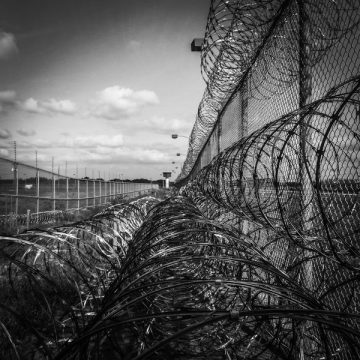From Ecology to Syndemic:
Accounting for the Synergy of Epidemics
By Joni Adamson and Steven Hartman

The definition of “ecology” has become a truism: everything is connected to everything else. In the early 1980s, the environmental justice movement built on this idea by emphasizing that there was no such thing as a “natural world” unconnected from human activities. As defined in The Environmental Justice Reader, “environment” is the place where humans and nonhumans ‘live, work, and play’ in dynamic interactions (Adamson et al. 4). EJ spokespersons such as Robert Bullard called upon environmentalists concerned for pristine wilderness to see the siting of polluting industries in communities of color as connected to long histories of imperialism, slavery, and extractive practices in agriculture, logging, mining, and fishing. One of the watershed documents produced by movement leaders, The Seventeen Principles of Environmental Justice (1991), calls for a political, economic and cultural liberation denied for over 500 years to colonized and oppressed peoples.
Ana Castillo’s novel, So Far From God (2005) captures the spirit of the environmental justice movement in her representation of a small New Mexican community where a toxic factory has been sited. Latinx and Navajo mothers who have lost children to toxins released into their water, air, and soil transform a Catholic ‘Way of the Cross’ religious procession into an environmental justice event. At each stop in the procession, they lament babies born with brain damage and cancer clusters they understand to be linked to the toxins being released by a factory located near their community. “We . . . care about saving the whales and the rain forests,” they declare, “But we, as a people, are being eliminated from the ecosystem, too” (Castillo 242).

This scene helps to illuminate why many of the communities calling for environmental justice are the same communities that are calling for fair policing after the death of George Floyd, a subdued and unthreatening African American man killed by police in Minneapolis, Minnesota in May 2020. Castillo’s fictional mothers evoke the unbearable grief now being felt around the world for Floyd, who called out for his “mama” in the last minutes of his life. His words and death have invoked the grief of black and brown mothers, fathers, brothers, and sisters who have lost family members in escalating numbers to police violence, and also now to COVID-19. These mothers are writing passionately about the need for a radical anti-racist, anti-patriarchal response to white privilege and the very real threats (menacing even when passively expressed) that this social dynamic poses to the health, well-being, and the very lives of people of color. They have joined with people around the world who are spilling out into the streets to call for deep and honest reflection on the connections between discrimination, racialized siting of polluting industries, and extractive practices that are interrupting biospheric processes in ways that now give expression to a spreading pandemic.
The discriminatory practices that target minority communities for violent policing and polluting industries are, in many cases, effectively the same practices that are putting African, Latinx, and indigenous Americans at heightened risk for COVID-19. While statistically, we have an incomplete picture of the toll of COVID-19 in the US, the existing data, as analyzed by APM Research Lab, reveals deep inequities when viewed by race. According to their research, black Americans are dying at rates 2.4 percent higher than whites while indigenous Americans are dying at rates 8 times higher. These increased mortality rates are linked to underlying health conditions such as diabetes, cancer, and hypertension, which in turn are often linked to historic traumas and accumulated stressors.
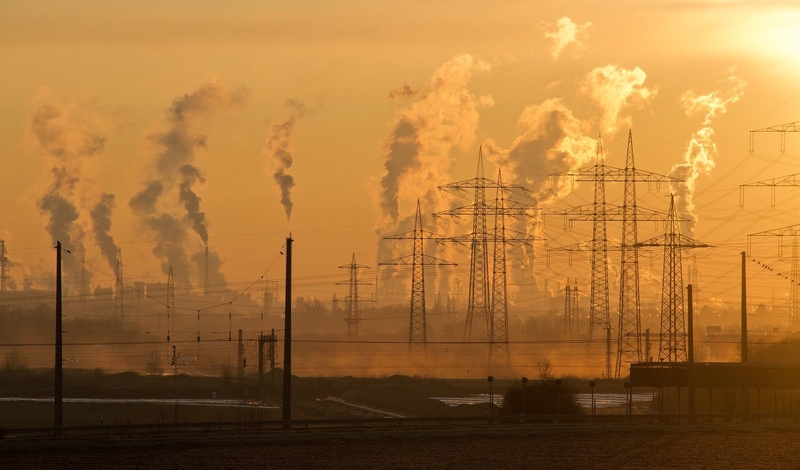
For example, the 85-mile industrial corridor along the Mississippi River in Louisiana was first home to former slaves who settled there after the American Civil War. This watershed, which supports some of the most important biodiversity in North America, and communities predominantly of color, is known today as Cancer Alley, because so many polluting industries have been sited there. As a result, writes Steven Lerner in Diamond: A Struggle for Environmental Justice in Louisiana’s Chemical Corridor, the predominantly African American residents who still live there suffer comparatively high rates of industrial pollution linked cancer, which in turn places them at heightened risk for serious infection from the novel coronavirus. Relatedly, hazardous environmental conditions in New York City’s low-income communities of color have become a “threat multiplier” that greatly amplifies the coronavirus outbreak’s severity.
Indigenous nations have also suffered historical traumas from settler-colonial development and militarization. As Joni Adamson has written, today, among the Navajo, Hopi, and Acoma, these traumas take the form of food and housing insecurities and high rates of cancer linked to intensive coal and uranium mining (51-53). Long-term food insecurities linked to high rates of type 2 diabetes among the Navajo, or the Diné as they call themselves, can be traced back to “The Long Walk” which interrupted traditional hunting, gathering, agricultural and pastoral traditions. In 1864, Kit Carson, who is remembered in mainstream American history as a “hero,” but by the Diné as a murderous villain, rounded up 8,000 Diné, killed all their sheep, and burned their gardens.
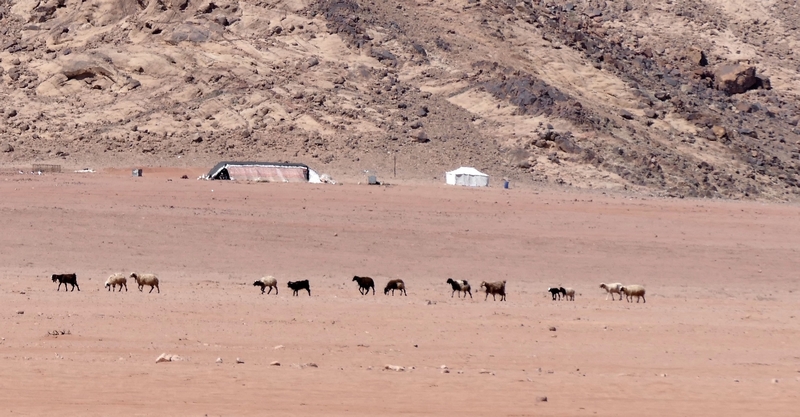
Carson’s troops forced the Diné to walk more than 300 miles from their homes to a desolate military fort in southern New Mexico. Many died along the way and many were murdered. Those who survived had only brackish river water to drink, which caused severe intestinal problems, and exacerbated diseases. The military issued starving families white flour, sugar, and lard to supplement their meager crops over the four years they endured inhuman conditions in the camp. When they were finally allowed to return home, they were never allowed to return completely to their traditional foodways and government-distributed processed foods continued to be staples in their diets. Today, the Navajo Nation remains a “food desert” with only 13 full-service grocery stores on the 27,000-square mile Navajo Nation. As a result, many Diné people rely heavily on convenience stores that tend not to sell healthy, fresh, immune system-building food. Eating the sorts of processed foods and sugared drinks often sold in convenience stores is known to contribute to higher rates of type 2, or juvenile-onset diabetes. This disease is seven times more common in native youth than in the general U.S population. This continuing history of food injustice together with industrial pollution from mining sites, is exacerbated by lack of easy access to clean water, electricity, housing, and quality healthcare. These accumulated stressors help to explain why the Diné are now the population with the most infections per capita in the US.
The groundwork and main arguments put forward in a 2019 Report of The Lancet Commission on the mutually intensifying links between obesity, malnutrition and climate change provide a reasonable basis for understanding the present COVID-19 pandemic, arguably, as a “global syndemic” — a relatively new term that the authors of the report define as a “synergy of epidemics” that “co-occur in time and place…[and] interact with each other to produce complex” pathological conditions “that share common underlying societal drivers.”
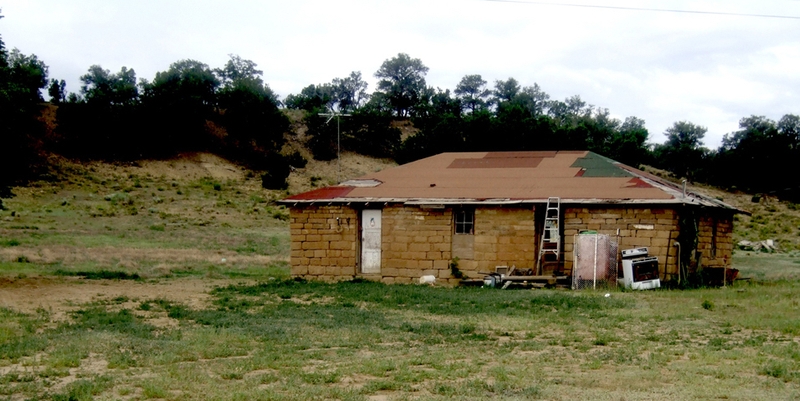
As public health researcher Emily Mendenhall has clarified in a podcast produced by The Lancet, the syndemic concept should not be confused with co-morbidity or multi-morbidity, since it not only involves “a biological, a social or a psychological interaction” between two or more diseases that cluster in a population, but also “the large-scale social forces that precipitate disease clustering in the first place” (see 02:30-04:00 of the podcast). The term syndemic was coined by medical anthropologist Merrill Singer in the 1990s. Singer’s original use of the term denoted a sense much more specific than the one applied in the 2019 report of The Lancet Commission. While noting this difference himself, Singer has also expressed approval of the report’s approach, suggesting that the architect of syndemic theory recognizes the value of expanding the concept to help “reframe” discussions concerning the root causes, both ecological and social, underlying linked epidemics.
In our present COVID-19-affected world, we believe the term helps illuminate the entangled, rhizomatic connections between climate change and contagions of various kinds, both biological (in the conventional sense of epidemiology) and psychosocial. For example, such synergetic factors can exacerbate the effects of poverty and increased food insecurities, with significant feedbacks that ultimately influence malnutrition and other health crises affecting specific groups of people at a particular time and place. Depending on the illnesses that co-align in a particular outbreak, any number of other conditions (depression, hypertension, anxiety — including climate anxiety, stress, environmental toxicity, or even solastalgia) could potentially come into play and significantly exacerbate ill health effects within a syndemic.

Risks of serious illness and death from COVID-19 are highest in individuals with underlying conditions such as type 2 diabetes, obesity, liver disease, chronic lung disease, and serious heart conditions, among others. Many of these conditions have significant links to so-called lifestyle choices and addictions, including drug and alcohol abuse or nutritional deficiencies and eating habits that often correlate meaningfully with socio-economic circumstances, education-level and other institutionalized societal factors. As one way to describe many of the interlinked human tragedies occurring in the world during the present COVID-19 emergency, the syndemic concept strikes us as an especially relevant one.
We would also argue that this concept buttresses what we have learned about the inextricability of social and environmental factors from the environmental justice movement concerning health, well-being and justice. An expanded understanding of what a ‘global syndemic’ might mean allows us to see the shared social, biological, and historical drivers of pandemics. The coronavirus pandemic has also amplified recognition of the connections between racism, police violence and climate. As Bill McKibben writes in The New Yorker in a recent article on racism, police violence, and the climate crisis, the environmental justice movement, led by African, Latinx and indigenous communities, has greatly broadened our understanding of “environmentalism.” Over the years, we have come to understand that “having a racist and violent police force in your neighborhood is a lot like having a coal-fired power plant in your neighborhood.” What happens when an affected community has both? McKibben wonders. “Or maybe some smoke pouring in from a nearby wildfire?”
Sadly, it is not difficult to cite a long list of other cases in the U.S. context alone in which vulnerable communities continue to be directly impacted by an epidemic of public health threats. In the past few years shocking stories have broken concerning drinking water tainted by lead, industrial disinfectant by-products and fecal coliform bacteria as a result of a city’s cost-saving measures, neglected infrastructure and decades of environmental poisoning from industry trump public health concerns for citizens. Rural indigenous communities struggle as well with the effects of toxic waste and oil spills seeping into their rivers and ground water from industrial activities no longer being monitored for regulatory compliance by the Environmental Protection Agency under the cover of the COVID-19 emergency.
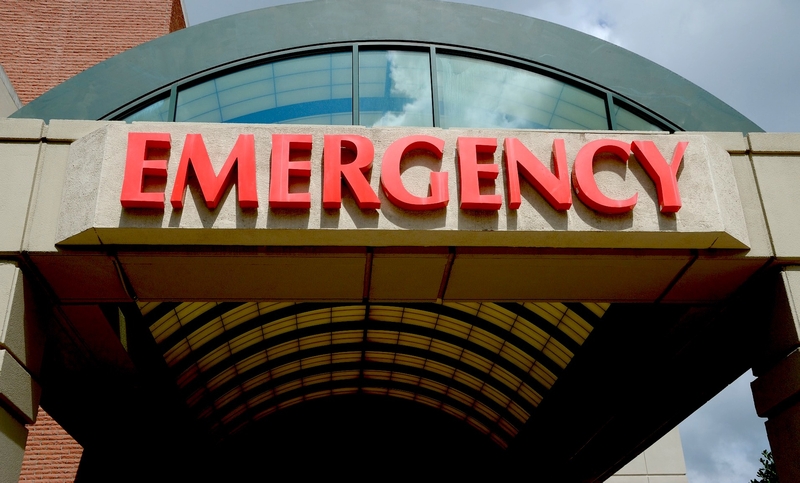
“African-Americans are three times as likely to die from asthma as the rest of the population,” McKibben notes in his article on racism, police violence, and the climate. These kinds of statistics give poignant emphasis to the words George Floyd said after calling out for his mother: For too many people, these words voice an inescapable lived condition that links the pathologies of climate change, racism, violence and compromised human health.
The concept of syndemic, and the daily news, allow us to see racism as a synchronous ‘pandemic’ connected to the COVID-19 pandemic. As one study of police violence and black health in the American Journal of Public Health shows:
When faced with a threat, the body produces hormones and other signals that turn on the systems that are necessary for survival in the short term. . . . But when the threat becomes reoccurring and persistent — as is the case with police brutality — the survival process becomes dangerous and causes rapid wear and tear on body organs and elevated allostatic load. Deterioration of organs and systems caused by increased allostatic load occurs more frequently in Black populations and can lead to conditions such as diabetes, stroke, ulcers, cognitive impairment, autoimmune disorders, accelerated aging, and death.
Thus racism and police brutality exacerbate underlying conditions that put black and brown communities at higher risk of death from afflictions like COVID-19. Notably, when George Floyd died he tested positive for the novel coronavirus. But as George Floyd’s lawyer Benjamin Crump said at his memorial, it was “not the coronavirus pandemic that killed George Floyd.” “It was that other pandemic. . . . The pandemic of racism and discrimination.”
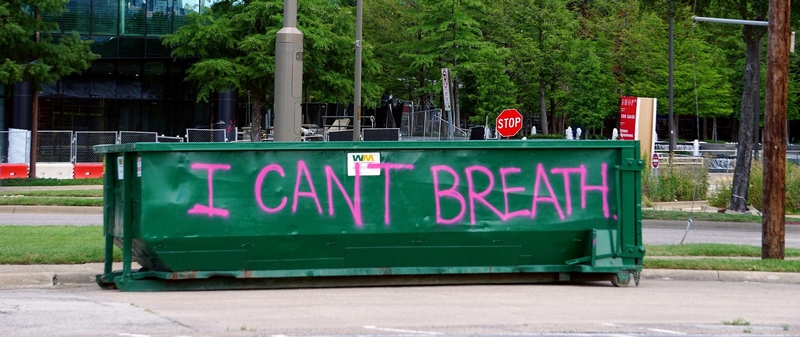
The environmental humanities, writes Serenella Iovino in a reflection on COVID-19, give us the theoretical, communicative, and research tools to grapple with complex interconnected phenomena that reveal “issues of social justice and biopolitics, biodiversity and violence, scientific research and global economy.” These tools can help us navigate our way through the gaping portal of uncertainty, as Arundhati Roy has described it, in which we now find ourselves in our novel COVID world. In this portal, we have the opportunity to rethink everything. We can make choices, writes Roy, about whether or not to keep dragging “the carcasses of our prejudice and hatred” or let them go and pass “through lightly, with little luggage, ready to imagine another world. And ready to fight for it” (Roy, 2020, para. 5, 19).
Together with our co-editors, Greta Gaard and Serpil Oppermann, we remark in the introduction to this special theme of Bifrost Online on how the environmental humanities as a community of interest has already begun to respond to the complex challenges of global syndemic and position itself in a diversity of ways, “tile by tile, color by color.” As educators and researchers, many of us sense, as teachers are now doing throughout the world, that climate change, COVID-19, George Floyd’s death and the systemic injustices implicated in all these tragedies must be addressed in ways we have not yet managed to do successfully, in genuinely system-changing ways. We also recognize that we cannot do so, decisively, without acknowledging the structural linkages that connect and reinforce these pathologies occurring simultaneously at planetary, societal, communal, familial, individual and biological levels.

How do we help our students process and respond to what is going on, and build an understanding of the complex causes of synchronous pandemics, while creating new tools and resilient pathways that can enable us to achieve long-lasting peace and justice? Already we are seeing educators rapidly assembling resources to share as widely as possible so that students and lifelong learners in our societies can make sense of the George Floyd protests and truly deal with systemic racism. The social inequities made visible by COVID-19, along with the science necessary for understanding how viruses work and how climate change and biodiversity loss exacerbate disease, challenge all of us working in the fields of the environmental humanities and sciences to “step into the pedagogical and public-facing process of rethinking everything,” from ecology to environmental justice to institutionalized injustice. The moment has never been more appropriate, and we have never been better poised as a nascent community of purpose, to be the change we all need to see happen in our fragile, wondrous and only world.


